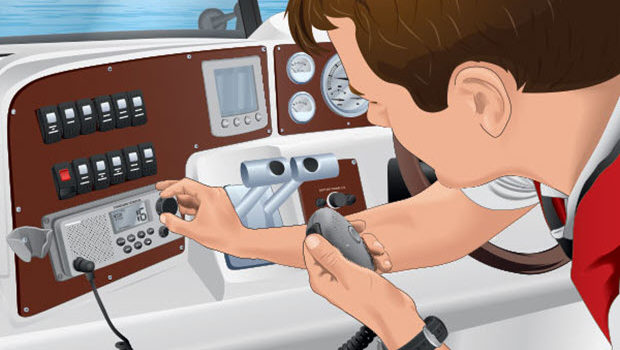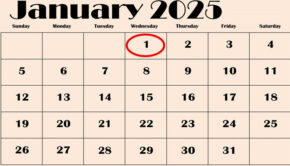How do I make sure VHF works properly?
Published on November 30th, 2022
Bob Pingel is the Boat Doctor for Sailing Magazine:
Dear Boat Doctor,
My VHF radio is not working very well. I seem to receive okay, but my friends struggle to hear me when I transmit. I want to replace the radio, but I want to make sure the new one works well. Where should I start? – Mark Crase; South Padre Island, TX
Dear Mark,
I am glad to see that you find value in marine radios. Many recreational boaters rely on cell phones, and I think this is a mistake. Cell phones are great, but radios have benefits. Marine radios transmit to everyone around you and in an emergency, this is a huge benefit. Rescue services can also roughly locate you based on your radio transmissions.
A marine radio set consists of the radio, antenna and the coaxial cable between the radio and antenna. You’ll need to make sure each component is working correctly.
The antenna and coax are as important as the radio. Make sure the connectors on the cable and antenna are in good shape. There is likely a cable splice at the base of your mast, check the connection to ensure it is dry and not corroded. If you have any doubts, I would recommend that you replace the coax and antenna.
Installing coax connectors can be intimidating. I like Shakespeare CenterPin Connectors. These foolproof connectors go on with standard hand tools and make the job easy.
As for radios, there are several good manufacturers out there. Each electronics manufacturer also offers radios that integrate well into their respective multifunction display and instrument systems.
Consider a radio that allows a remote microphone. It is common to mount your radio at your nav station, and a remote microphone enables you to hear the radio and transmit from the cockpit. A second mic brings a lot of safety and convenience.
Digital Selective Calling (DSC) is an important feature as well. The most important benefit this delivers is a panic button of sorts. When you hit the red emergency button on your radio, a distress call is automatically sent with your GPS position. I recommend you also call the Coast Guard to discuss your situation, but the DSC data can remove any questions about your position.
Speaking of GPS, DSC radios need a GPS position to transmit. You can interface your GPS to your radio, but many radios now have built-in GPS receivers, making things easier.
Good luck with your project, following these tips will give you full communication out on the water.
For more tips from the Boat Doctor, click here.









 We’ll keep your information safe.
We’ll keep your information safe.